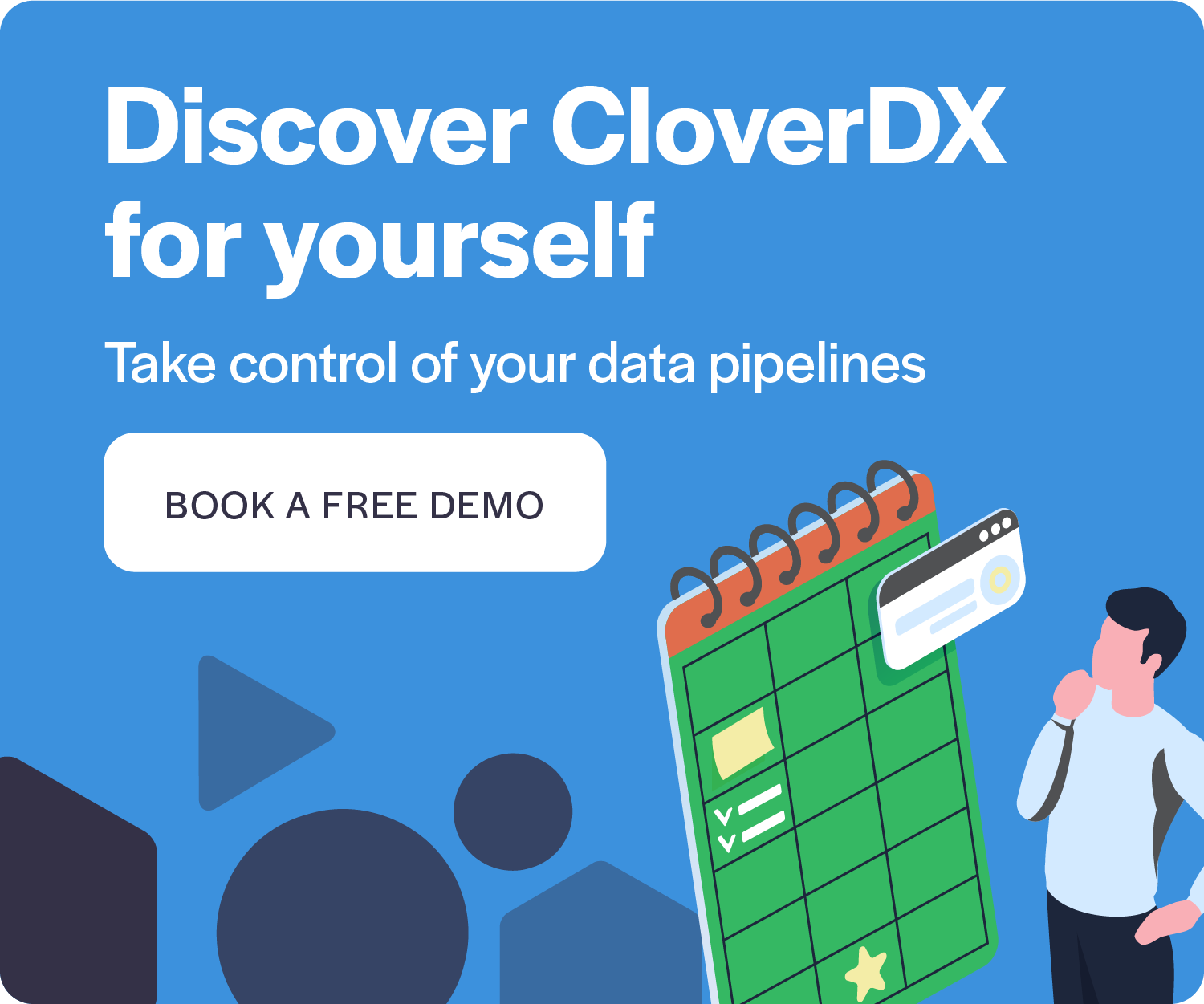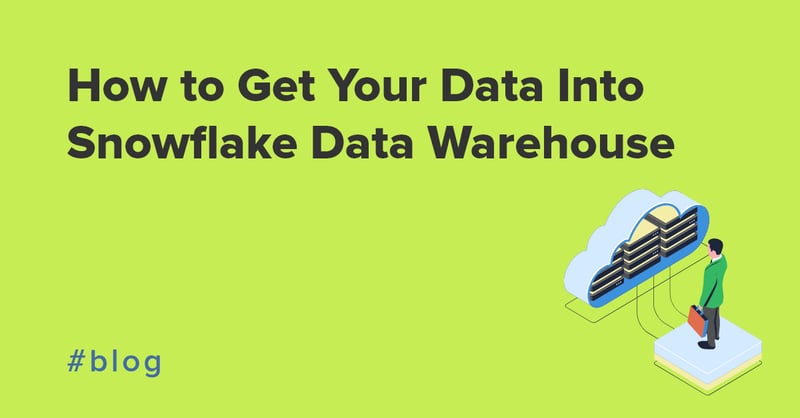Industry predictions say the global cloud computing market will grow to a staggering $832 billion by 2025.
As you can imagine, big businesses, like Microsoft and Amazon, are driving much of this growth. But so too are smaller companies, such as Snowflake.
So, what exactly is Snowflake? And, what can it bring to businesses looking to enrich their IT with the power of the cloud?
Let’s take a look.
What is Snowflake?
Here’s a straightforward definition of Snowflake:
Snowflake is a cloud computing-based data warehousing solution. Founded in 2012, Snowflake offers storage and analytics services. It runs on Amazon S3, Microsoft Azure, and the Google Cloud platform.
Snowflake rose to prominence quickly. Indeed, the initial public offering (IPO) in 2020 raised $3.4 billion. Interestingly, investors included Warren Buffett’s Berkshire Hathway, which hadn’t invested in an IPO since the Ford Motor Company in 1956.
What are the use cases of Snowflake?
As a data warehousing solution, use cases for Snowflake include:
- Storage. Keeping data in the cloud is more scalable and typically lower-cost than an on-prem data storage solution.
- Reporting. Data warehouses enable your team to perform more business reporting, faster, and at a larger scale. Going to the cloud also makes it easier to restructure the data so that it’s more valuable and makes sense to business users.
- Analytics. With Snowflake, you can run data analysis at any scale to get the insights you need. Integrating it into your wider systems means you’ll add value to operational business applications. For example, your customer relationship management (CRM) software.
What are the benefits of Snowflake?
Using Snowflake, you can move into the cloud with ease.
Some specific benefits include:
- Modern security. Enjoy features such as ‘always-on’ encryption to keep your data watertight. Perfect for sectors with sensitive data.
- Advanced analytics. Democratize analytics, and move to real-time data streams by granting concurrent, secure governed access to data.
- High scalability. Spin up and down a virtually unlimited number of workloads. Now, you can store as much as you need and take on resource-hungry projects.
- Easy manageability. With a data warehouse like Snowflake, it's easy to get started, and you don't need a large team to run your low-level infrastructure.
- Strong accessibility. You'll get 24/7 access to your data storage systems from anywhere.
What are the alternatives to Snowflake?
There are many other actors in the data warehousing space.
The largest competitors are:
- Amazon Redshift. This is Amazon’s data warehouse product. Naturally, it's part of the Amazon Web Services (AWS) cloud-computing platform.
- BigQuery. Owned by Google, BigQuery offers fully-managed, serverless data warehousing. In addition, it has machine learning capabilities.
- Microsoft SQL Server. The primary purpose of Microsoft SQL Server is to store and retrieve data for other software applications.
Other honorable mentions include, Dremio, Cloudera, Databricks, IBM Db2, and Druid.
Each solution offers its own advantages and comes with different features. For example, Amazon Redshift better integrates with the rest of Amazon’s cloud services. So, there’s an advantage to staying within an ecosystem (if it’s currently working well for you).
If you’re looking for greater flexibility, Snowflake tends to do well. That’s because, with Snowflake, you can scale and pay for storage and compute separately. Whereas with others, such as Amazon Redshift, this comes bundled together.
Software comparison and review websites, like g2, are a good place to start when looking to find the best data warehousing solution for your company.
What are the pitfalls to avoid with Snowflake?
Yes, with Snowflake you can scale into the cloud without fuss. But there are some things to watch out for.
These are:
- The tendency to ‘dump’ data. The ease of uploading data, combined with the limitless nature of the cloud can lead to companies mindlessly throwing data into it. This hoarding inevitably leads to spiraling data storage costs.
- Only a limited functionality. Snowflake is brilliant at what it does. But it can't solve all your data challenges – it won’t clean data or organize it, for example. It’s also not always straightforward to get your data into Snowflake. Put plainly, Snowflake isn’t a ‘fix-all’ solution to your data needs.
- Further, unexpected costs. Although Snowflake is low-cost initially, it’s increasingly expensive if you don’t use it intelligently and manage your data effectively. For example, bad data quality muddies your systems and makes regulatory compliance problematic.
Don’t get us wrong – the many benefits of the cloud are irresistible. And data warehousing solutions, like Snowflake, are essential components of modern IT infrastructures.
It’s just crucial that you approach your IT and data objectives with the right strategy (and toolset).
4 Snowflake challenges and how to overcome themHow can I make the most of Snowflake?
Having now looked at the downsides that can creep up on companies using Snowflake, you're better placed to resolve them.
That said, using data integration tools, such as CloverDX, is also important. That’s because it empowers your business to solve the entirety of your data needs.
This includes enabling you to:
- Load and unload data. Using CloverDX as an ETL tool, you can seamlessly connect and move your data to the Snowflake warehouse.
- Manage data. You can easily manage your data (so you can keep it clean and make the most of it) by using built-in components in your CloverDX graphs.
- Handle data at scale. Thanks to the SnowflakeBulkWriter, CloverDX can perform all operations needed to move large data volumes into Snowflake.
What’s more, with CloverDX, you’ll get Snowflake connectivity off the shelf. That means you don’t need further tooling or set-up to get started.
How to manage your data in Snowflake with CloverDXDon’t leave your data management out in the cold
For businesses looking to grow into the cloud, Snowflake is a powerful data warehousing tool. It enables you to scale up your storage, reporting and analytics so you have the business insights and capabilities you need.
However, there’s only so much it can do. And, if you aren’t careful, you can end up with spiraling cloud costs you didn’t see coming. This makes platforms like CloverDX worth considering. With CloverDX, you can move data more quickly in and out of Snowflake. And you can better manage your data when it’s in there.
If you’d like to learn more about how CloverDX can help, reach out for a chat with our team.










